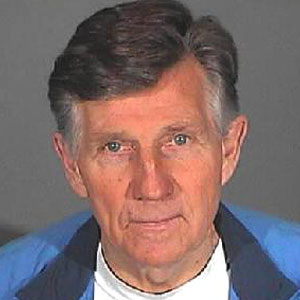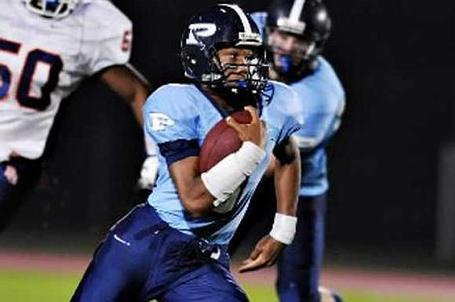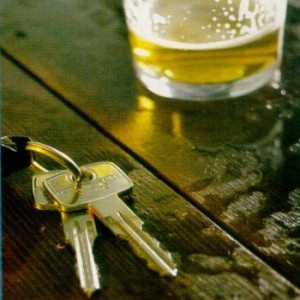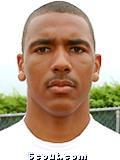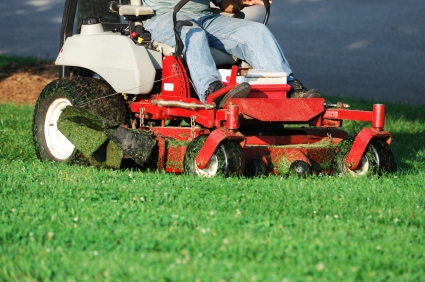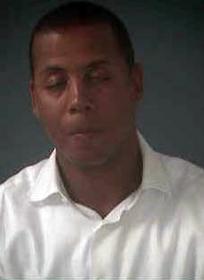Websites like TMZ.com and other gossip blogs that follow celebrity Los Angeles DUI arrests have been chatting non-stop about the arrest last week of David Cassidy. The actor and singer, who is best known for his role as Keith Partridge in “The Partridge Family,” got arrested in St. Lucie County Florida for driving under the influence. 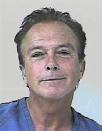
If you or someone you care about has been arrested for DUI in Burbank, DUI in Glendale, DUI in Los Angeles, or DUI in Pasadena, you probably can relate to the nervousness and confusion that Cassidy felt. As one of his representatives told the gossip website, TMZ.com: “He would never jeopardize anyone on the road… he has never been arrested in his life before for anything.”
According to reports, the 60-year-old was cruising in a 2008 Mercedes, when an officer saw him weaving in and out of lanes and pulled him over. The trooper noted that the ex-heartthrob smelled like alcohol and acted “nervous and confused.” After seeing a half empty bottle of bourbon in the back seat, the trooper asked Cassidy to take some field sobriety tests (FSTs), which the actor allegedly failed. Cassidy also took two breathalyzer tests and tested positive for DUI both times. On the first test, he blew a 0.13%. On the second test, he blew a 0.14%. Both numbers are significantly over the legal limit for Southern California DUI of 0.08%.
The Partridge Family singer was charged with failing to maintain his lane, driving with an open container of alcohol, and driving under the influence in Florida. After posting a bail of $350, he was released on his own recognizance.
What exactly are “field sobriety tests” that DUI suspects like David Cassidy have to take?
In Southern California, officers usually administer these roadside tests in a specific order. Usually, the first test is something called the horizontal gaze nystagmus test. This measures your pupil reaction time. An officer will likely also subject you to balance tests to measure your physical coordination. These exams could include asking you to stand on one leg, asking you to pace along the painted line on the road, asking you to tilt your head back and count to 30, and having you close your eyes and extend your arms and then try to touch the tip of your nose with your fingers. An officer may also subject you to mental tests. For instance, you may be asked to recite the alphabet backwards or do a counting test.
Key point: if you fail a field sobriety test, that doesn’t mean that you will be found guilty of DUI!
Indeed, the validity of FSTs can be challenged on a number of grounds. For instance, maybe the road was sloped or potholed, and this titled grade caused you to lose your balance. Or maybe you were simply fatigued from a long night or a bad conversation, and thus you couldn’t concentrate on the tasks being asked of you. Being pulled over for any reason can be extremely stressful and can cause certain people to behave in odd ways. The act of subjecting someone to a field sobriety test can actually change his or her behavior and make it difficult to understand the root cause of the behavior.
If you need help with constructing a Los Angeles DUI defense, you likely want to retain a top-caliber attorney who has the experience, wherewithal, and resources to help you.
 Los Angeles DUI Attorney Blog
Los Angeles DUI Attorney Blog


